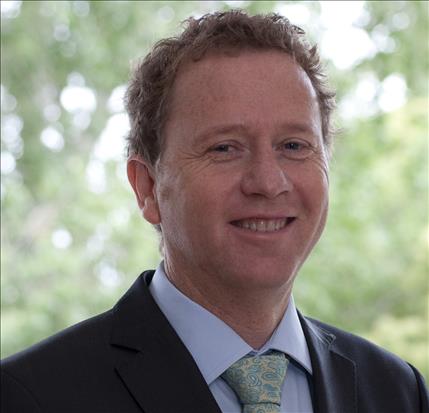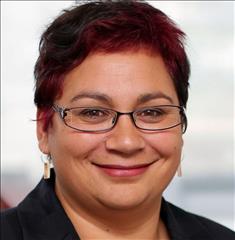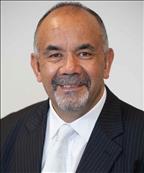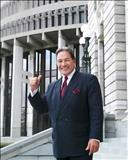 As New Zealand prepares to vote in the Parliamentary elections on September 20, 2014, the spotlight has fallen on the political parties in the fray.
As New Zealand prepares to vote in the Parliamentary elections on September 20, 2014, the spotlight has fallen on the political parties in the fray.
While a lot has been written and said about National and Labour, the two main parties, the voting public will also consider other political parties and what they have to offer New Zealanders. In fact, it is important to keep in perspective all of them, because a sound democracy ensures the right of people to form political parties and that of voters to consider them worthy or otherwise as their representatives.
National & Labour

John Key& David Cunliffe
The National Party, led by Prime Minister John Key and the Labour Party under David Cunliffe will be pitched against each other on a number of issues. While these two parties may account for about 60% of seats, the others, depending on their performance and voter-turnout on polling day, may play an important role in the formation of the next Government. Their importance can therefore be neither undermined nor overlooked.
Following is a list of minor political parties in the election fray.
ACT Party


Jamie Whyte & David Seymour
Established in 1994 aiming to meet he aspirations of the right-wing voters, Act has been more in the news recently for all the wrong reasons, not in Parliament but outside.
In its early years, former leaders Richard Prebble and Rodney Hide breathed life into the Party by winning the electorates of Wellington Central and Epsom respectively.
Since then, Act has seen many leaders including Dr Don Brash, John Banks and now Jamie Whyte. Its political survival depends on the Epsom candidate David Seymour winning the seat in the ensuing election.
The Party faces the challenge of convincing Epsom voters that it can make a positive difference and that it is not a mere prop supporting the National Government.
Conservative Party

Colin Craig
Led by Colin Craig, the Conservative Party is positioning itself to appeal to the right- leaning voters who are not entirely convinced of the direction taken by the National Party and a much weakened Act Party.
However, its success on September 20 would depend on the electorate chosen by Mr Craig and whether National gives them tacit support in winning that seat.
Green Party


Russel Norman & Metiria Turei
The Greens constitute the strongest party after Labour in the opposition ranks. With 14 members in Parliament, the Party has positioned itself as a credible challenger to the Government under the leadership of Dr Russel Norman and Metiria Turei.The Party has shifted its focus to issues that matter to New Zealand and its economy, such as jobs and sales of Government assets. Initially, some voters were sceptical of the Greens and considered their policies extreme. But the Greens of today speak a language to which the ordinary voter understands and relates.
Urban, left-leaning voters are increasingly getting attracted towards this Party.
The challenge for the Green Party is to broaden its appeal with rural and middle New Zealand voters, and position itself to govern in alliance with Labour.
Mana Party

Hone Harawira, elected Member of Parliament from Te Tai Tokerau constituency, leads the Mana Party, challenging the Maori Party in Maori electorates.
Mr Harawira has made it clear that his Party align only with a center-left bloc during the post-election stage. It has also been in talks with Kim Dotcom’s fledgling Internet Party for a pre-poll alliance.
Maori Party

Te Ururoa Flavell
Formed in protest against the Labour Party (which was then in power) after the Foreshore and Seabed controversy in 2004, the Maori Party has just three seats in the current Parliament. It is preparing to contest in the September election under Te Ururoa Flavell, a new leader.
The Party’s biggest challenge is to retain the Maori seats against stiff opposition from a resurgent Labour and Mana Party. It must convince voters of the benefits that it has accrued for Maori since joining the present Government in 2008.
New Zealand First

Winston Peters
After a disappointing 2008 election when it did not return even one member to Parliament, the New Zealand First Party staged a spectacular come back in the last elections held in November 2011 by getting seven candidates sent back to the House.
Winston Peters is their evergreen leader. He has been a polarising figure successfully tapping into the concerns of the elderly on the state of Kiwi society.
He has been the force behind implementation of many successful initiatives such as the Super Gold Card and repealing the surtax on Superannuation.
His critics however accuse him of xenophobia and view his comments on Asian migrants with distaste. The Party faces the challenge of addressing issues as an inclusive political entity, covering all New Zealanders.
The MMP Scene
The Mixed Member Proportional (MMP) system adopted in New Zealand may accord a pivotal role to some of these minor parties in the new government.
Voters expect them to be constructive allies, ensuring that the major party entering into any alliance stays on track to create a better tomorrow for all New Zealanders.






